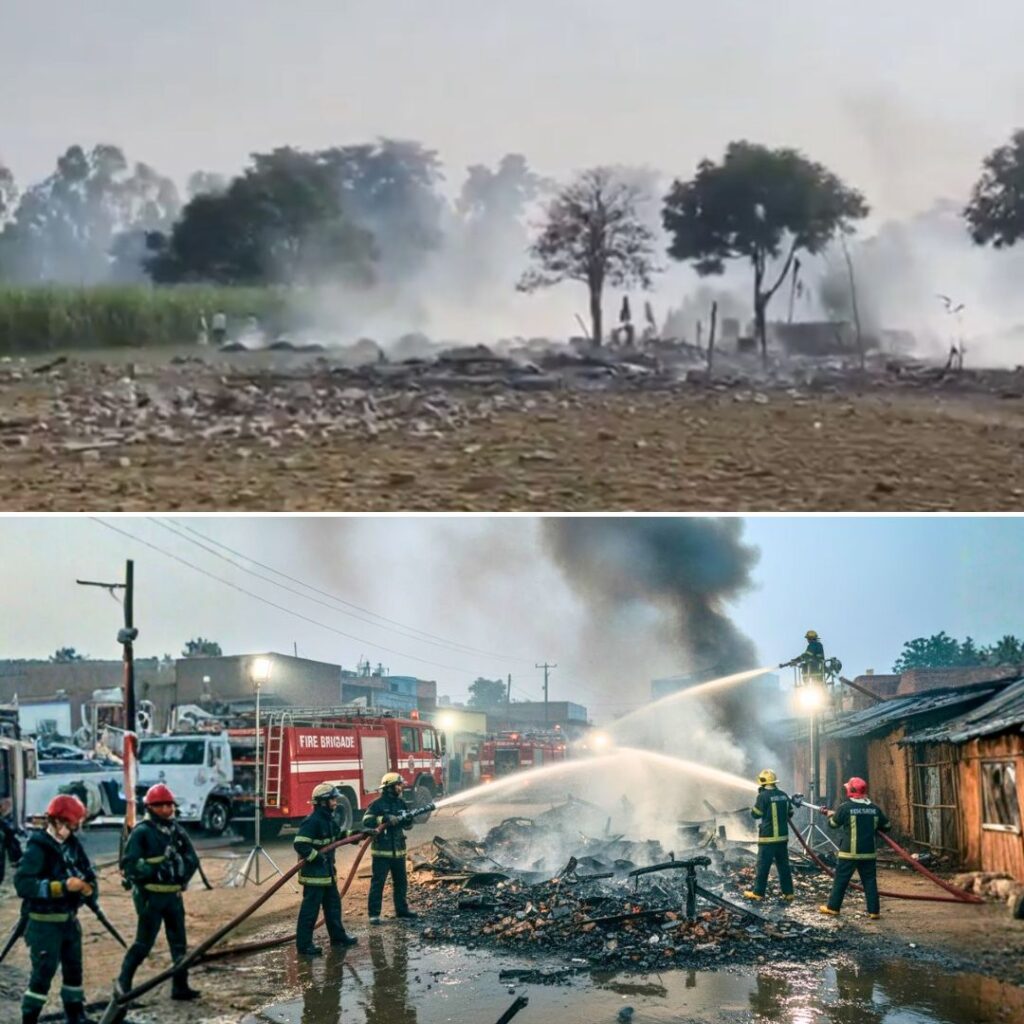India has been listed among the world’s top ten countries most affected by climate disasters, according to the latest Germanwatch Global Climate Risk Index (CRI).
The report paints a grim picture, between 1995 and 2024, India endured nearly 430 extreme weather events, claiming more than 80,000 lives and causing economic losses exceeding $170 billion.
This three-decade analysis doesn’t just measure natural disasters, it highlights how India’s rapid development, dense population, and geographical diversity make it especially vulnerable to a changing climate. Let’s understand what the ranking means.
What Is the Global Climate Risk Index?
The Global Climate Risk Index (CRI), published annually by the German environmental think tank Germanwatch, assesses how severely countries and regions have been affected by extreme weather events such as storms, floods, heatwaves, and cyclones.
It ranks nations based on four key indicators, number of fatalities, fatalities per 100,000 inhabitants, economic losses (in purchasing power parity), and losses as a percentage of GDP. The CRI doesn’t predict future climate risks but evaluates past impacts to highlight existing vulnerabilities and gaps in preparedness.
Simply put, a lower ranking means a country has faced greater loss and damage from climate-related disasters, reflecting both its exposure to natural hazards and inadequate resilience measures.
Climate Threat in India
From devastating cyclones on the eastern coast to record-breaking heatwaves across northern plains, India’s climate crisis is not a distant threat, it’s an ongoing reality.
According to the CRI, India stands apart from nations that experience rare catastrophes. Instead, it faces recurring, overlapping climate shocks, often before fully recovering from the previous one.
Storms and floods have caused the majority of economic damage, while heatwaves and flash floods have claimed thousands of lives, especially among low-income and outdoor workers.
30 Years, 430 Disasters and Counting
Germanwatch data shows that India’s exposure is not confined to one region. The 1999 Odisha Super Cyclone destroyed entire towns; the 2013 Uttarakhand floods swept away villages and pilgrims; and heatwaves in 1998, 2002, and 2015 set temperature records that pushed public-health systems to their limits.
Even recent years have seen disasters pile up, from Cyclone Amphan to deadly floods in Himachal Pradesh and Assam. These events underline how climate change is no longer episodic, it’s systemic.
Small Improvements, But Huge Challenges
India’s ranking, 9th in the long-term index and 15th for 2024, shows some progress in resilience, largely due to better disaster management and early warning systems.
Yet, the overall trend remains alarming: losses are rising faster than recovery. Much of the economic damage remains uninsured, placing a massive financial strain on both the government and vulnerable communities.
Climate experts say this repeating cycle of destruction erodes years of development and traps millions in poverty, particularly in coastal and agrarian regions.
Call for Global Responsibility
The Germanwatch report also doubles as a call for justice. It urges developed nations to honour their commitments toward Loss and Damage financing, a fund designed to help developing nations like India cope with climate impacts they did little to cause.
Experts stress that India must focus on:
- Strengthening resilient infrastructure in flood-prone and coastal areas.
- Expanding early warning systems and local disaster-preparedness networks.
- Investing heavily in adaptation strategies, especially for agriculture and urban planning.
The Logical Indian’s Perspective
Climate resilience is not a luxury but a necessity for a country as densely populated and climate-vulnerable as India. The Germanwatch Global Climate Risk Index (CRI) for 1995–2024 places India ninth in global exposure to climate disasters, a stark reminder that repeated extreme events, floods, heatwaves, cyclones, continually threaten lives, livelihoods, and development gains.
This long-term ranking underscores systemic vulnerabilities that cannot be addressed by isolated projects or short-term fixes. The Logical Indian recognises that closing protection gaps requires sustained, transparent policy, robust funding, and inclusive planning that centres the needs of marginalised communities most at risk.
News in Q&A
1. What does the report say and how is India affected?
The CRI examines the human (fatalities) and economic (loss) impacts of extreme weather events over 30 years. For India: nearly 430 events between 1995–2024, over 80,000 lives lost and losses exceeding USD 170 billion. India ranks 9th globally in long-term risk.
2. Why does India rank so high despite recent improvements?
India faces frequent, repeated climate shocks, cyclones, floods, heatwaves, rather than one-off disasters. Recovery is often incomplete before the next event hits. Though India improved to 9th (long term) and 15th (annual 2024) rankings, the underlying exposure remains extreme.
3. Where and how are the risks concentrated within India?
Coastal zones, river basins and densely populated regions carry the greatest burden: storms and floods cause major economic damage; heatwaves drive fatalities. The geography (from Himalayas to coast) creates varied hazards, making adaptation complex.
4. What are the broader global and financial implications?
Globally, the report shows over 9,700 extreme weather events since 1995 with more than 830,000 deaths and USD 4.5 trillion in losses. Countries like India highlight the urgency of “loss and damage” finance: developed countries must support adaptation in vulnerable states.
5. What should India and the world do next?
India must scale up resilient infrastructure, early-warning systems, climate-proof housing and urban planning. Globally, fulfilling finance commitments (for adaptation and loss & damage) is critical. The CRI warns the window is shrinking: inaction will cost lives and billions more.












